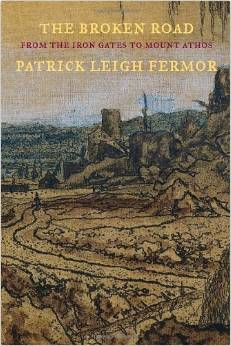Whenever I make up a new Classics Club list, I try to include some very early works. This one was probably written in the 12th or 13th century, but it draws from much earlier stories of the Oghuz Turks. The stories are said to be told and assembled by Dede Korkut, a shaman and bard.
The book comprises twelve stories and an additional work called “The Wisdom of Dede Korkut.” It seems that all of these early heroic stories, no matter what country they come from, are very similar, mostly concerned with fighting. Although the stories vary between more formal language, slang, and poetic language, they have formulaic sections. For example, several stories begin with a formula like this, only varying the names:
Beyindir Khan son of Kam Ghan had risen from his place. He had pitched his white pavilion on the black earth. His many-coloured parasol had reared toward the sky. In a thousand places his silken carpets had been spread.
All of the stories are addressed to the Khan, and most end with a sort of religious blessing directed at him. The characters often declaim, and when they do, there is a formula I found quite charming. It says something like “Thereupon Kanli Koja declaimed; let us see, my Khan, what he declaimed.”
Most of the stories, as I said, are about fighting. Sometimes a warrior is captured, and then years later a brother or son goes out to get him back. It seems that the captive is always sent out to fight the warrior, and once they figure out who they are, they unite and kill the captors. In one story, a hero informs his mother that he’ll only take a bride who will jump on her horse before him, ride before him to his enemies, and then chop off their heads before he gets there. When he finds a girl who does just that, he gets mad at her. But they make up.
All these heroes seem to have very short tempers and kill almost everyone they meet. One guy spends about six pages boasting of his exploits but inserts into the boasting several times how much he hates warriors who boast. I suspect there’s a sense of humor involved in that.
If you’re interested in reading a couple hundred testosterone-filled pages, this is the book for you.












